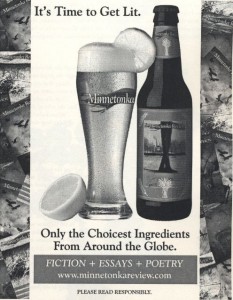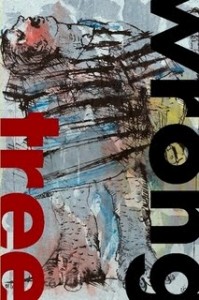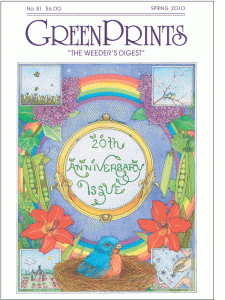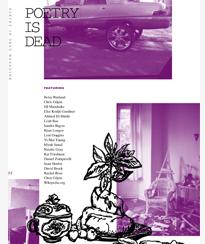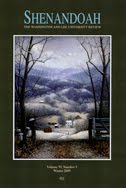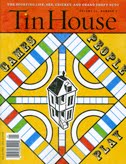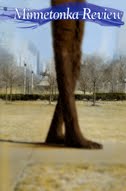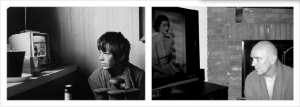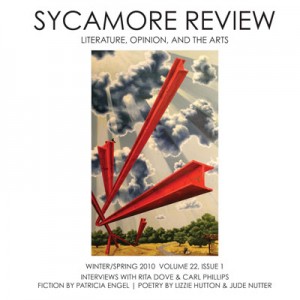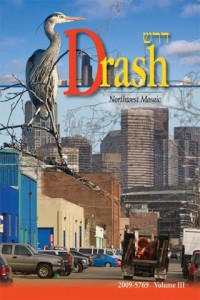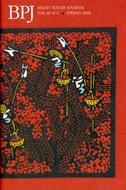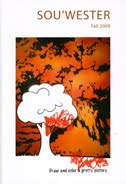Ralph Lazar & Lisa Swerling are the creators of Smories, a free website for kids to watch little films of new stories being read by other kids. Inspired by their daughter, Smories “is a place for unpublished children’s story writers worldwide to get their work published free online, whilst retaining all rights. The stories will be text only (not illustrated), which will remove a common obstacle to publication for many aspiring writers.” The FAQs on the site provide complete information about rights, content, and submissions.
In order to attract great stories, Lazar and Swerling have created a US$1,500 (

